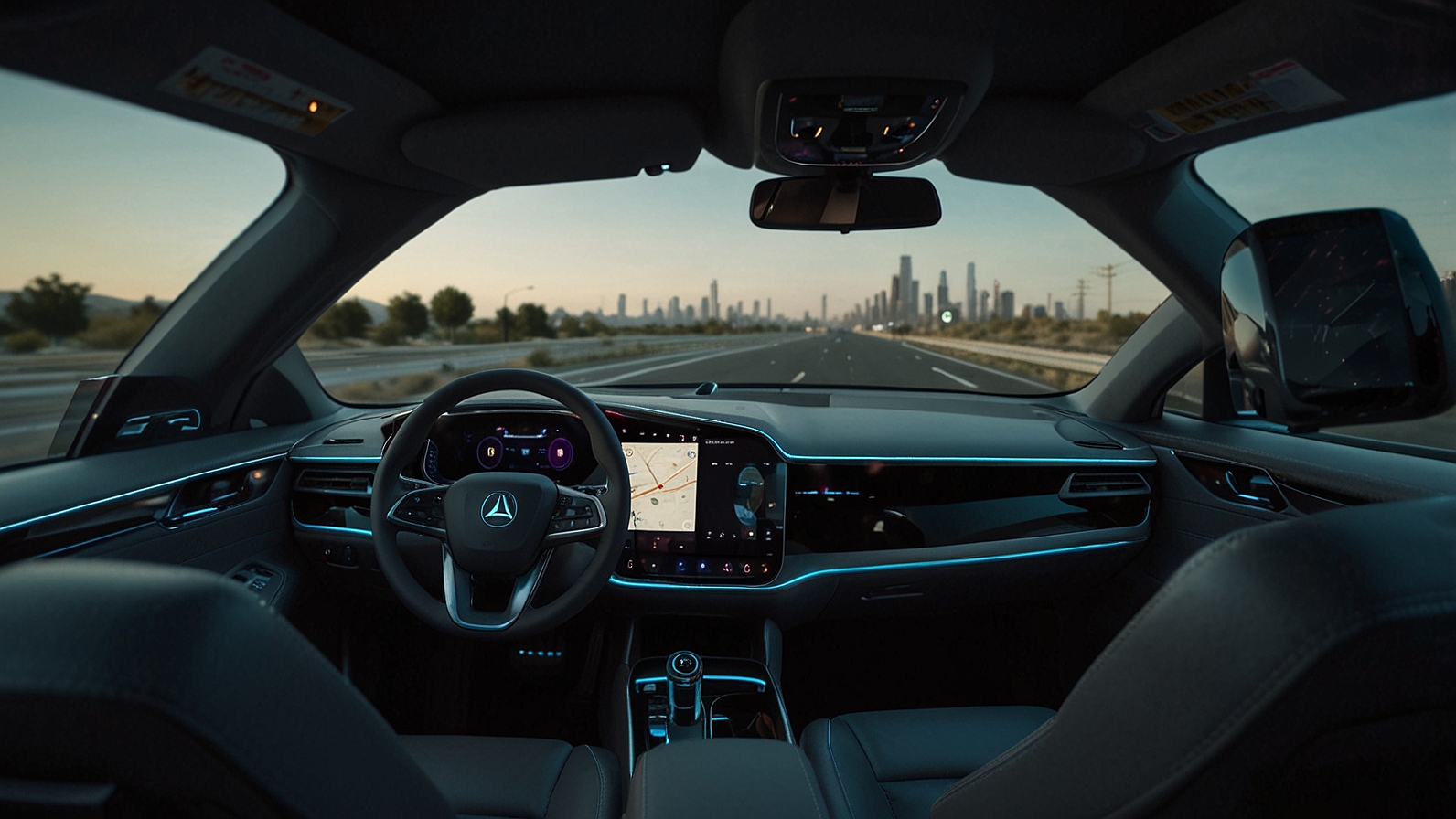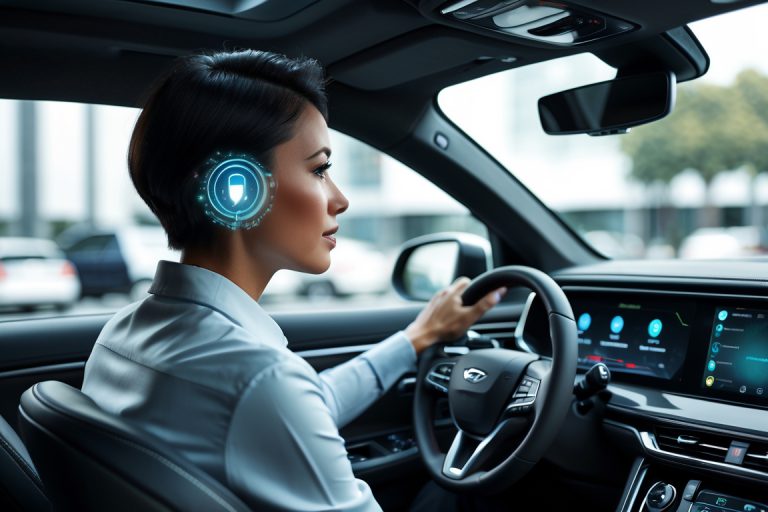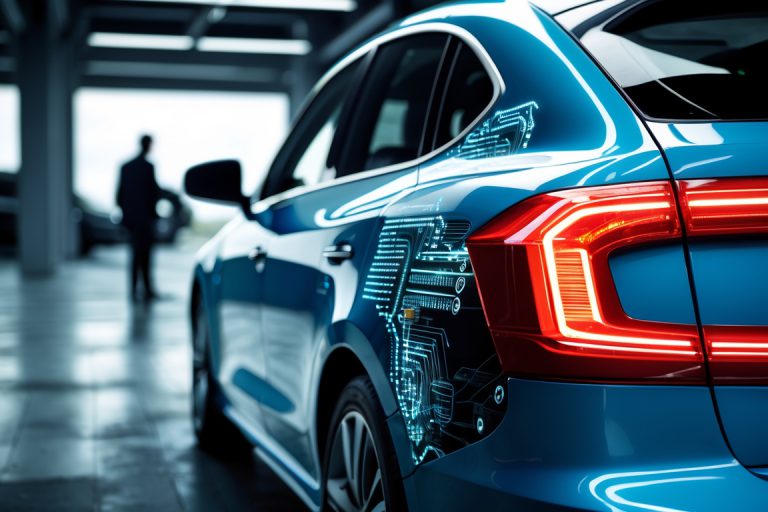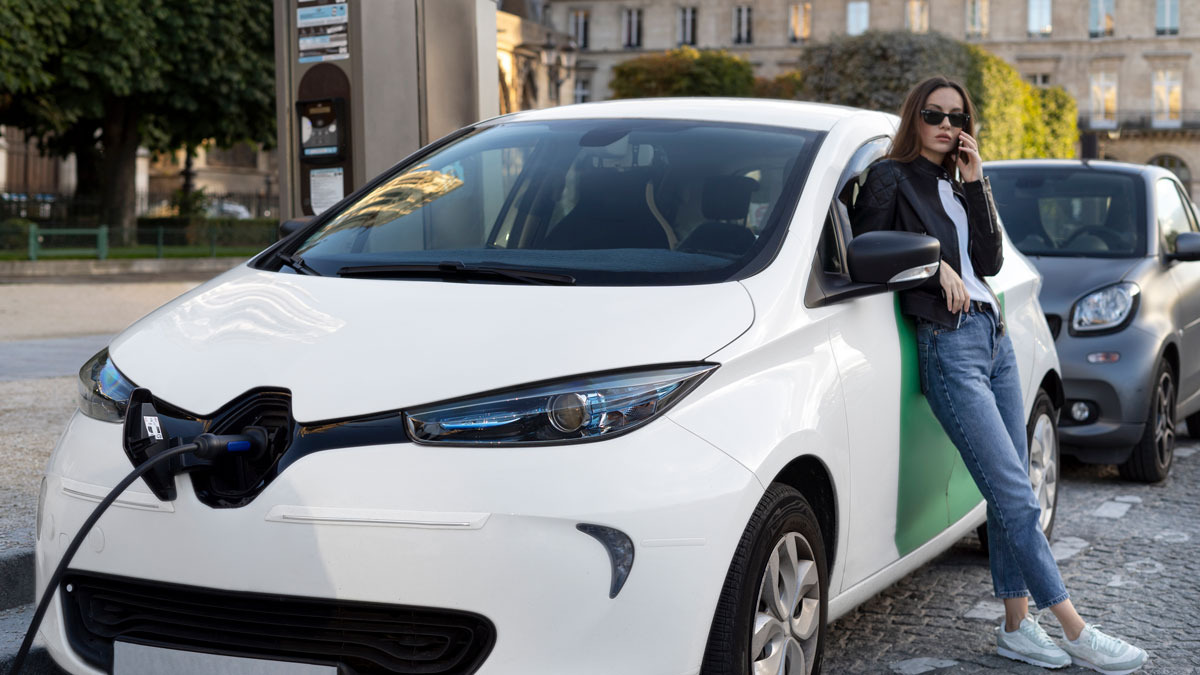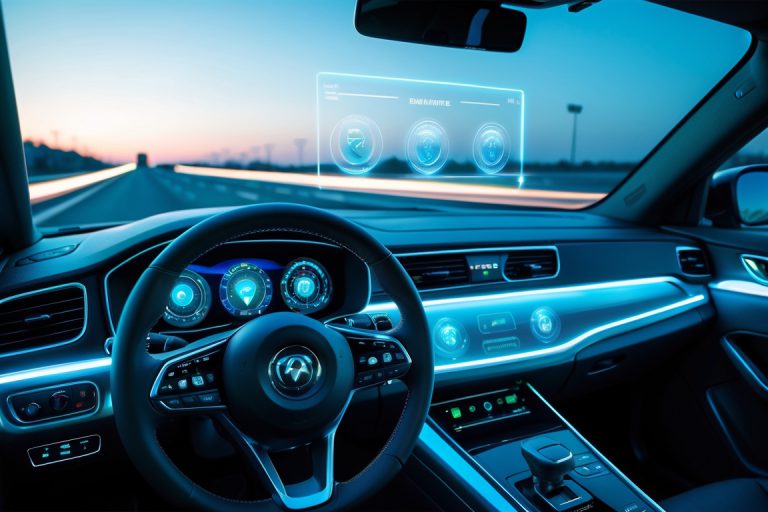The concept of autonomous vehicles—cars that can drive themselves without human intervention—has long been a fixture in science fiction. However, in recent years, self-driving technology has evolved rapidly, becoming a reality on the roads in several parts of the world. As car manufacturers, tech companies, and regulators invest heavily in this groundbreaking technology, the future of driving is likely to change drastically. But what does this future look like, and what impact will it have on drivers, industries, and society as a whole?
Understanding Autonomous Driving Levels
Autonomous vehicles are categorized based on the level of automation they offer, ranging from Level 0 (no automation) to Level 5 (full automation). Each level represents the degree to which the car can operate without human intervention.
- Level 0: No automation. The driver is entirely in control of the vehicle.
- Level 1: Driver assistance. Features like cruise control and lane-keeping assistance are available but require the driver to remain fully engaged.
- Level 2: Partial automation. The car can control both steering and acceleration/deceleration, but the driver must still monitor the environment and be ready to take control if necessary.
- Level 3: Conditional automation. The car can handle most aspects of driving but may require human intervention in specific situations, like complex traffic conditions.
- Level 4: High automation. The car can drive itself in most environments, though it might still need a driver in exceptional circumstances.
- Level 5: Full automation. No human intervention is needed. The car is fully capable of driving itself under all conditions.
Currently, most vehicles on the road offer Level 2 or Level 3 automation, with companies like Tesla, Waymo, and others leading the way toward achieving Level 4 and 5 vehicles. While fully autonomous cars are still in development, the groundwork for these vehicles is rapidly being laid out through innovation in sensors, AI, and cloud computing.
Technological Innovations Driving Autonomous Cars
At the heart of self-driving technology is a complex web of sensors, cameras, LiDAR (Light Detection and Ranging), radar, and machine learning algorithms. These components enable the car to understand and navigate its surroundings.
- Sensors and Cameras: These allow the car to “see” its environment, detecting objects such as pedestrians, other vehicles, road signs, and lane markings. High-resolution cameras are critical for recognizing details, while LiDAR sensors are essential for creating a 3D map of the car’s surroundings.
- Artificial Intelligence (AI): AI systems analyze the data collected by sensors in real time, making decisions on speed, direction, and braking. The car must make rapid decisions based on factors like road conditions, traffic patterns, and potential hazards.
- Connectivity and Cloud Computing: Autonomous cars communicate with each other and their surroundings through vehicle-to-vehicle (V2V) and vehicle-to-infrastructure (V2I) technologies. This communication helps the car predict traffic changes and adjust its behavior accordingly, creating a safer and more efficient transportation system.
The Benefits of Autonomous Cars
The potential benefits of self-driving technology are wide-ranging, and its adoption could dramatically change the way we view transportation:
- Increased Safety: According to the National Highway Traffic Safety Administration (NHTSA), 94% of all traffic accidents are caused by human error. Autonomous vehicles, with their ability to react faster and eliminate issues like distracted driving, are expected to significantly reduce accidents and save lives.
- Improved Traffic Efficiency: Autonomous cars can communicate with one another to create “platoons” of vehicles that move together in coordinated fashion. This reduces congestion and improves traffic flow, making commuting more efficient and less stressful.
- Greater Accessibility: Self-driving vehicles will offer greater mobility to people who are unable to drive due to age, disability, or other factors. Seniors, for example, may be able to maintain their independence with autonomous vehicles.
- Environmental Impact: Many autonomous vehicles will likely be electric, contributing to the reduction of carbon emissions. Additionally, self-driving cars’ optimized driving patterns (such as smoother acceleration and braking) could lead to better fuel efficiency.
Challenges and Concerns
Despite the impressive promise of autonomous vehicles, several challenges remain before these cars become mainstream.
- Regulation and Legislation: Governments must establish clear regulations for autonomous cars, including safety standards, insurance requirements, and guidelines for their interaction with human-driven vehicles. Different regions are moving at different paces, leading to a patchwork of laws.
- Technology Limitations: While autonomous vehicles can handle many driving tasks, they are still limited in their ability to deal with certain situations, such as inclement weather (heavy rain or snow) or unpredictable human behavior (jaywalking, erratic driving).
- Public Perception: Many consumers remain wary of self-driving cars, concerned about the reliability of the technology and the potential loss of control behind the wheel. Education, public trials, and transparency will be key to gaining public trust.
- Job Displacement: The widespread adoption of autonomous vehicles could displace millions of driving-related jobs, including truck drivers, delivery drivers, and taxi services. While new jobs will be created in the tech sector, the transition could be challenging for those affected.
What’s Next for Autonomous Vehicles?
The future of autonomous driving is full of promise, but it’s clear that we are still in the early stages of this transformation. For now, companies like Waymo, Tesla, and Cruise are testing autonomous vehicles in select cities, gathering data, and improving the technology. Experts predict that full autonomy (Level 5) could be available within the next 10-20 years, though regulatory hurdles and technological improvements will determine the pace of adoption.
In the interim, expect to see more semi-autonomous features in everyday vehicles. These include enhanced driver-assist technologies, like Tesla’s Full Self-Driving (FSD) package, which allows for more autonomy on highways and certain road conditions, even though human drivers are still required to be behind the wheel.
Conclusion
Autonomous vehicles represent a revolutionary shift in how we think about transportation. They promise to make driving safer, more efficient, and accessible, but there are still significant challenges to overcome. As technology advances and regulatory frameworks evolve, self-driving cars may soon become a common feature on our roads, forever changing the way we travel. Whether or not they can fulfill their promises remains to be seen, but one thing is for sure: the future of driving is autonomous.
